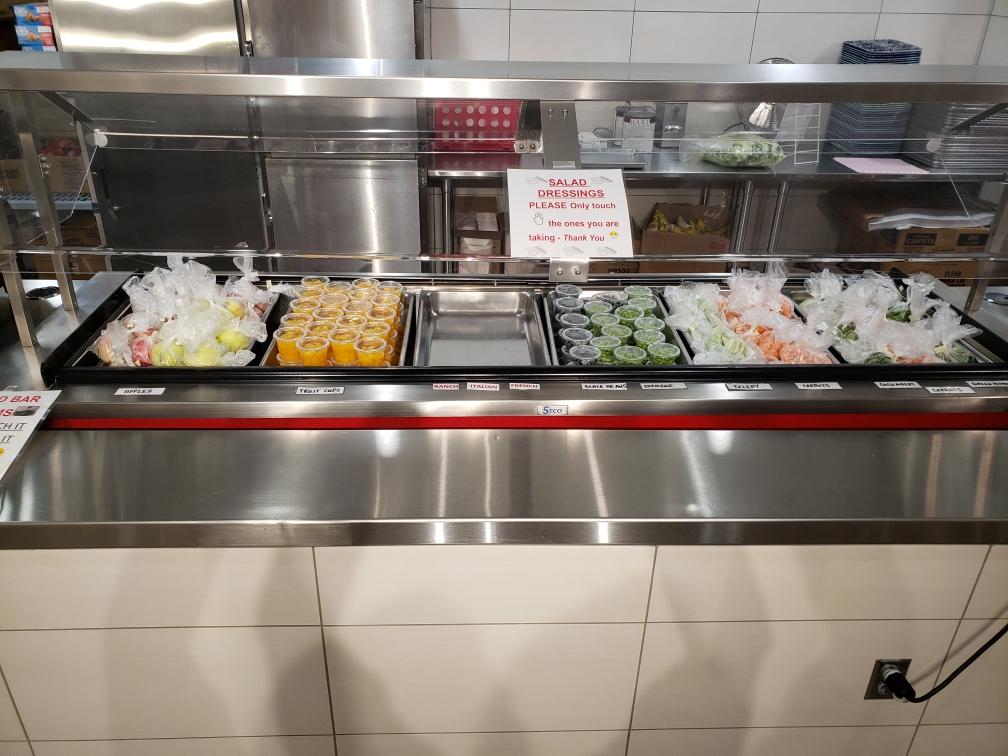How Supply Chain Challenges Are Affecting School Nutrition
Schools everywhere are facing supply chain issues — but local procurement is a solution. Take action today.
Help nourish students’ minds, bodies, and hearts this holiday season!
Schools everywhere are facing supply chain issues — but local procurement is a solution. Take action today.

School meals are in the spotlight like never before, from school nutrition heroes rapidly changing how they work to the current supply chain challenges in the media. And now, we have a once-in-a-lifetime opportunity to support school nutrition programs.
Schools everywhere are struggling with supply chain disruptions, causing a scramble to feed kids. Smaller and more rural and tribal schools have been dealing with these issues for many years, and now many more schools are facing these issues head-on.
Right now, these issues include discontinued menu items, shortages, longer than normal lead times, significantly higher costs, delayed deliveries, and/or deliveries that contain a fraction of what was ordered. Many larger vendors have determined that schools were their least profitable customers and have canceled contracts. And the vendors that still service schools have incurred higher costs themselves, which they pass along. The USDA is bending over backwards to enable purchasing flexibilities and recently invested $1.5 billion to address the issue.
But there are some bright spots: farm to school and local procurement.
Districts that have been purchasing locally for years have more of a direct link to suppliers in their community, and are not seeing as many supply chain disruptions now as a result. Districts like these have spent years diversifying their supply locally and building relationships with vendors and farmers close by. They tend to be doing more scratch cooking, and have the kitchen and staffing to do so. Some are still struggling from staff shortages, but overall, they are more nimble and resilient in the face of current challenges.
Of course, no district is completely immune from the challenges right now; there are many issues in the face of the pandemic, and they are intertwined with the broader food system. In particular, labor shortages are a big underlying issue in the supply chain and in schools. But local procurement seems to be a clear way to minimize the impact of supply shortages.
We need to invest in supporting connections between districts and smaller, diversified vendors who do not yet see schools for the steady, reliable market that they are. We also need to invest in schools themselves (through long-overdue modernization) and child nutrition staff (through professional development and culinary training) to build stronger connections between local and regional food systems and school districts within a community.
October 11-15 marks National School Lunch Week, and October is National Farm to School Month — and right now, Congress is currently debating a bill package that would offer leaps and bounds forward for school nutrition. The Build Back Better Act would provide $634 million for the Healthy Food Incentives Demonstration Project, which would support local procurement, experiential nutrition education, school garden programs, and increased scratch cooking, and $500 million for upgrading kitchen equipment. Both would support school nutrition during times of hardship—like the issues schools are facing right now.
Take action today or text FOODCORPS to 52886 to get real-time updates.
FoodCorps is a non-partisan, non-profit organization. FoodCorps staff and FoodCorps AmeriCorps members may not participate in any partisan or seemingly partisan activities during work time charged to a Corporation for National and Community Service funded grant or while earning AmeriCorps service hours. No federal funds were used to prepare or distribute these advocacy actions.

Our 2025 Child Nutrition Policy Year in Review

Winterizing Your School Garden

5 Awesome Small Businesses by FoodCorps Alums